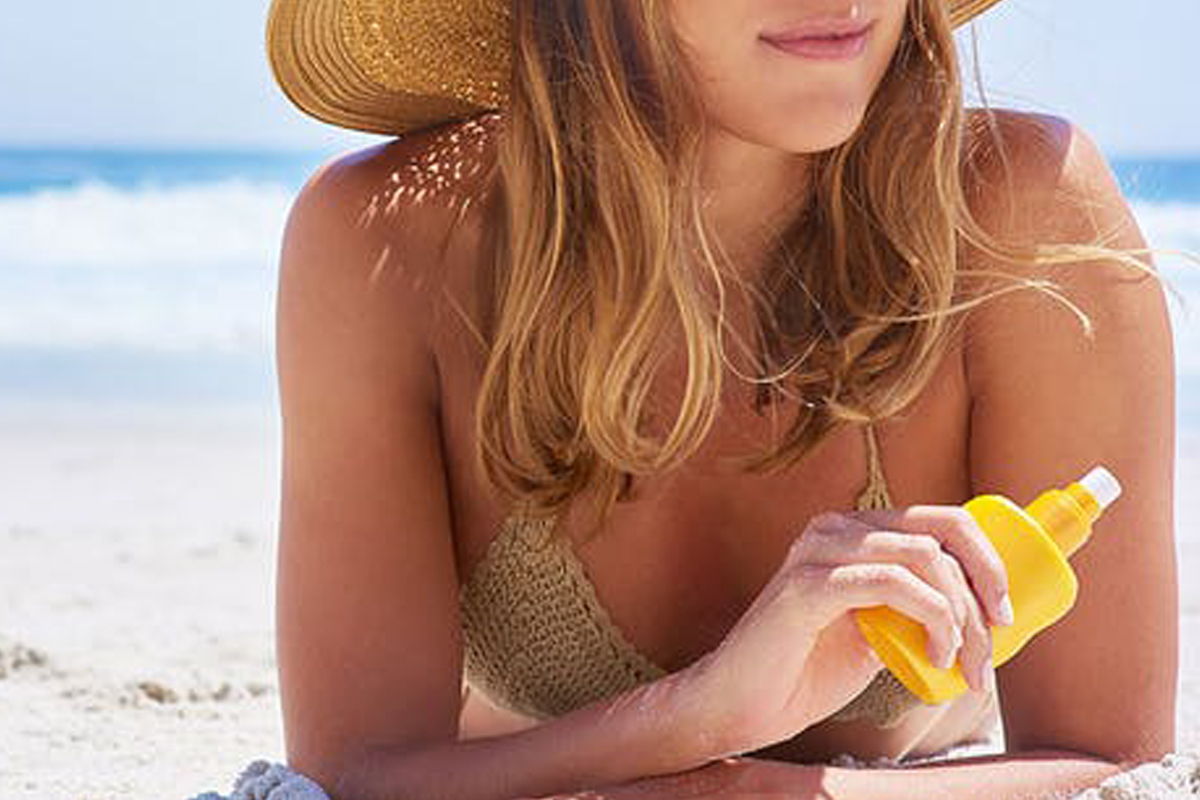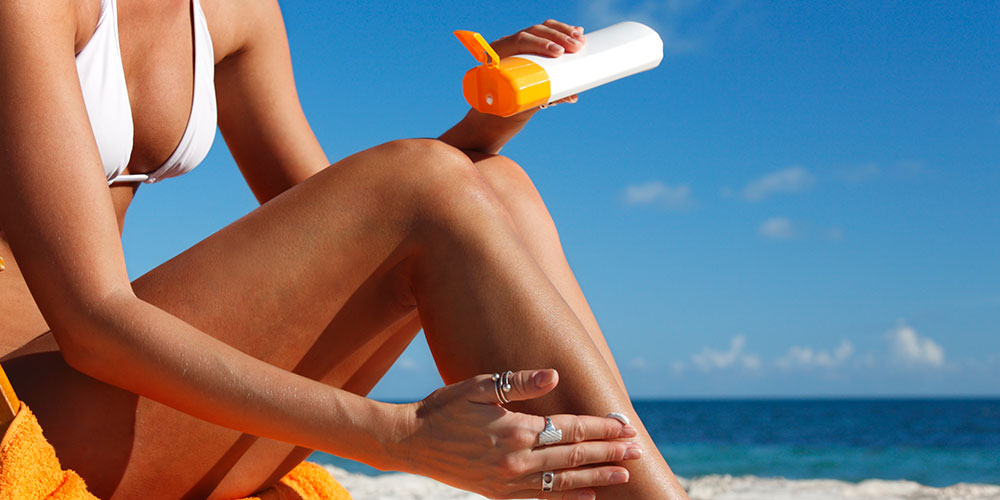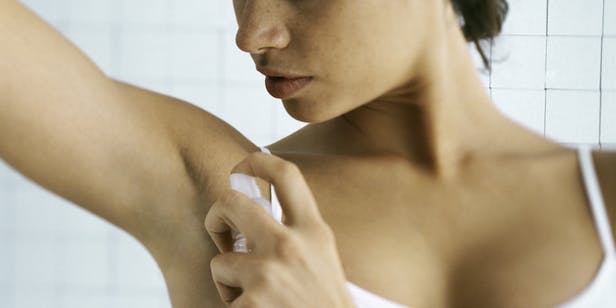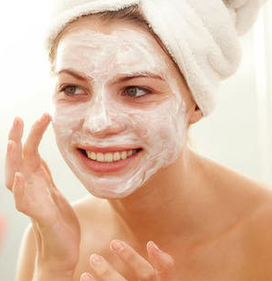
The ingredients you should
look for when buying sunscreen
We trust that applying sunscreen will keep us safe from harmful rays, sunburn and the risk of skin cancer, but not all products are created equal.

Especially around this time of year, sunscreen should be a part of your everyday routine. Applying it liberally to your skin can give you the best defense against the damaging effects of ultraviolet A and ultraviolet B light on the skin, but what ingredients make one sunscreen stand out from the others?
We asked Dermatologist, Dr. Katherine Armour for her checklist for buying the perfect sunscreen.
Broad-spectrum
Katherine says the most important words to look for on packaging are 'broad-spectrum'.
"This means that it targets both UVA and UVB radiation," she explains. "Remember that the SPF is a measure of only UVB radiation, and regulations in Australia require that sunscreens labelled as broad-spectrum also provide appropriate UVA protection."
Water resistance
If you plan on playing sport in the sun or going for a swim at the beach, water resistance should be an important consideration when you're buying sunscreen.
"In these situations, look for a sunscreen with two to four hours of water resistance. Remember that you need to reapply your sunscreen after swimming or heavy sweating to maintain the level of protection indicated on the product’s packaging. Even the most tenacious sunscreen will not reliably survive vigorous towelling-off after a swim," advises Katherine.
Active ingredients
The most important active ingredients in sunscreen are the ones that are providing that broad-spectrum cover. These ingredients may be chemical (organic) or physical (inorganic) filters.
"Chemical sunscreen filters work by absorbing ultraviolet A and/or B radiation to minimise its negative effects on the skin and physical filters reflect light energy in the visible light range," explains Katherine.
"Whilst it has long been thought that they reflect ultraviolet light, more recent research shows that physical filters absorb it," she says. The two most common physical filters are zinc oxide and titanium dioxide.

Chemical, physical or both?
"Some physical filters such as zinc oxide and titanium dioxide provide excellent protection across the UVA and UVB spectrum. Likewise, certain chemical filters such as bemotrizinol and bisoctrizole are active across the UVA and UVB wavelengths," says Katherine.
A selection of sunscreens on the market will contain and a mixture of chemical and physical filters, while others may contain one or the other.
"The active ingredients will affect the look and feel of the sunscreen," explains Katherine. So, finding the combination that suits you is very much a personal choice.
"Some consumers may choose to avoid oxybenzone and octinoxate, as there is emerging evidence that the presence of these ingredients in the ocean may have adverse effects on the health of coral," says Katherine.,
Low-irritation
Irritation from sunscreen is quite common, especially compared with those who suffer from a true allergy. You may find your skin is affected by the preservatives, fragrance, or in some cases, the sunscreen's ingredients themselves.
If you are prone to irritation, Katherine suggests choosing a gentle formula like Cetaphil Sun Ultra-Light Lotion SPF 50+. Generally speaking, zinc oxide and titanium dioxide tend to be well-tolerated in those with sensitive skin.
"If changing brands (or from chemical to physical filters) doesn’t help, it can be useful to see a Dermatologist to consider a type of allergy testing called patch testing," says Katherine. "This can help to determine which ingredients are the culprit so that they can be avoided."
Best protection
Whether you choose mineral or chemical, spray-on or cream, your sunscreen will have the best chance of protecting you if it's used correctly.
"Sunscreens need to be applied liberally at least 20 minutes prior to sun exposure. This allows the product to be evenly dispersed and assimilated into the superficial layers of the skin," says Katherine.
As well as this preventative measure, it seems we also aren't using enough sunscreen to achieve the SPF ratings on the bottle. "At least one teaspoon of sunscreen should be applied to each body part (your face and neck, each arm, each leg, the front of your body). Be careful not to miss the back of the neck, hands and feet, and ears, which are often forgotten,
Related
The $3 pantry product that works wonders on your hair and skin
We're calling it: Bi-carb soda is the unsung hero of your household.
Can this therapy cure your sleepless nights?
Suffering from regularly disrupted sleep? Float Therapy could be your ticket to a peaceful slumber.
6 Simple Steps To Perfect Brows
Thanks to bushy-browed celebrities like Cara Delevingne and an explosion of innovation in products,
6 foods to eat for gorgeous winter skin
Winter has well and truly arrived and for many of us, this means, months of dry and irritated skin.







